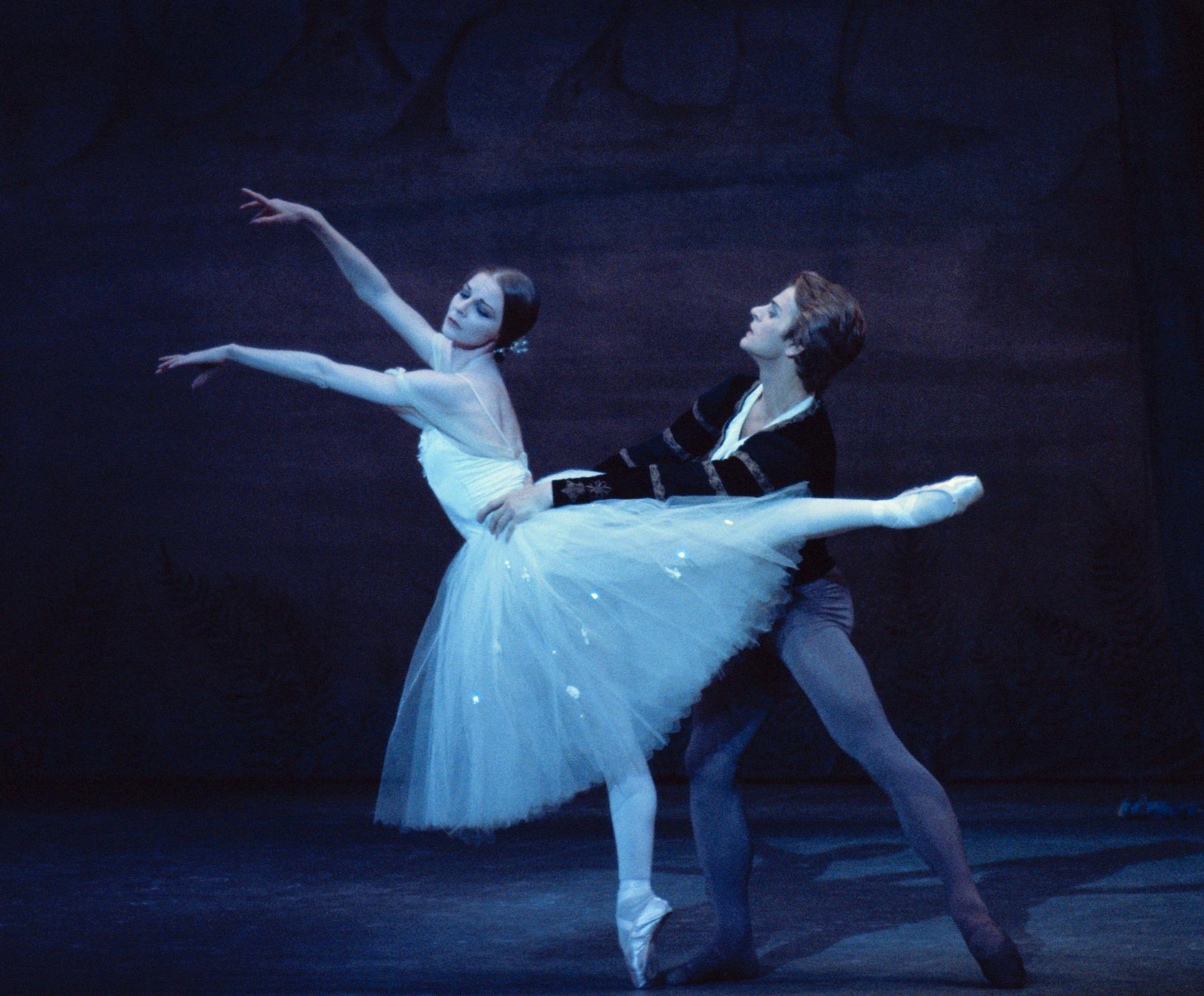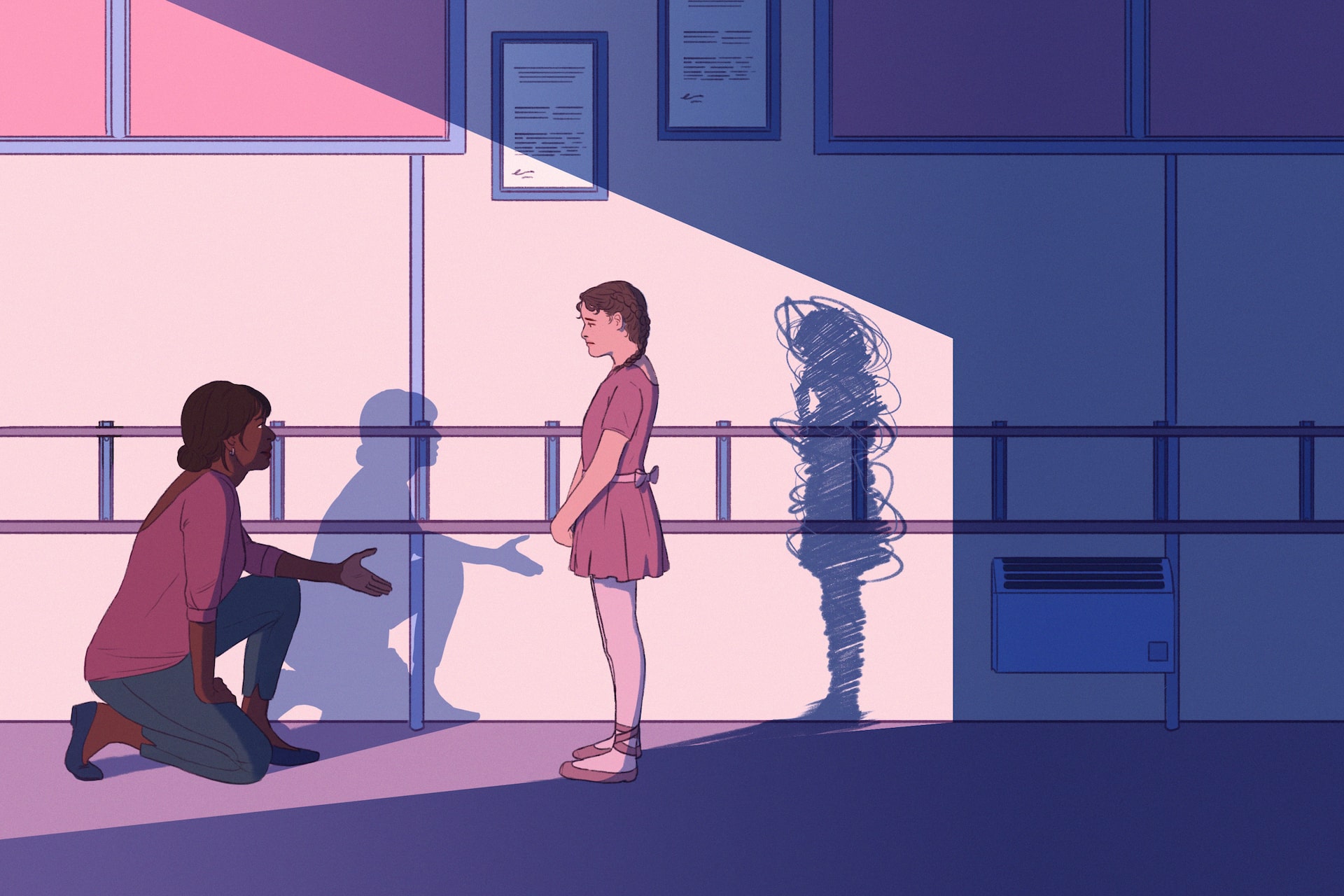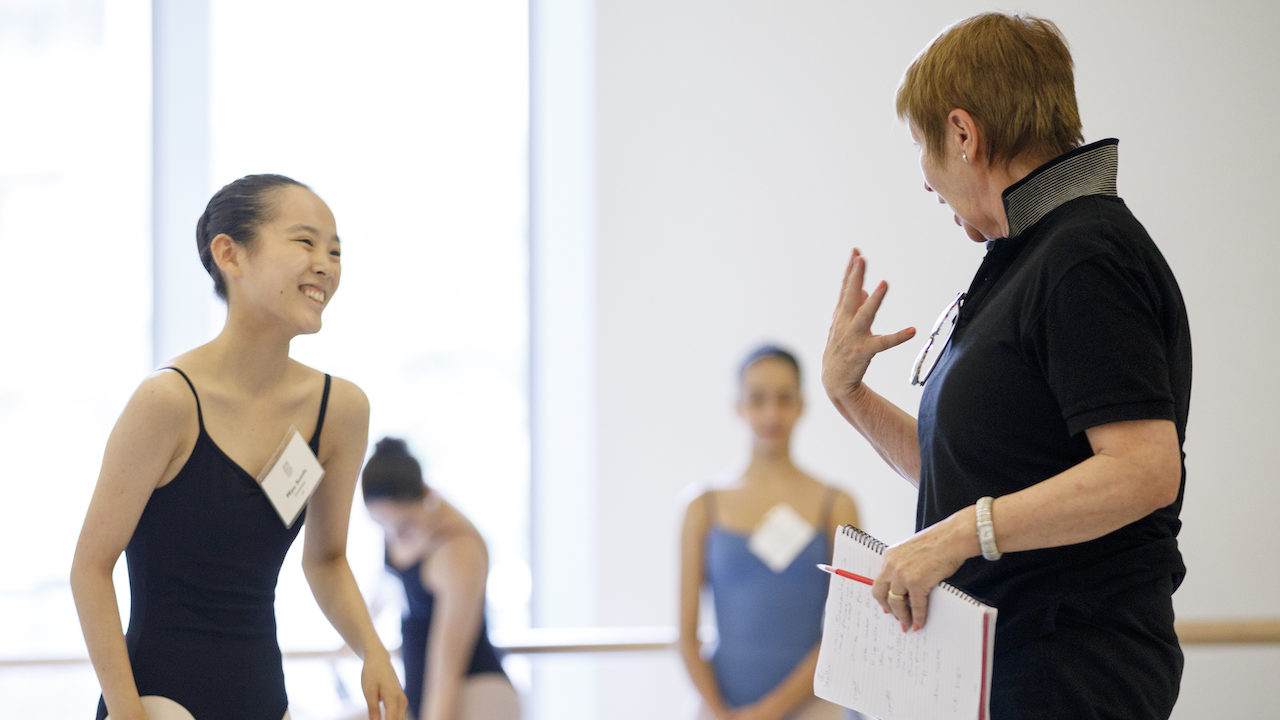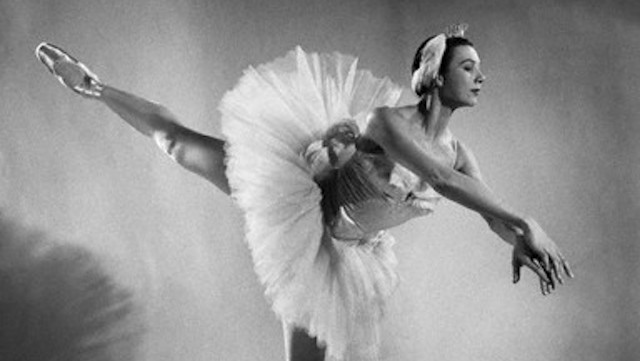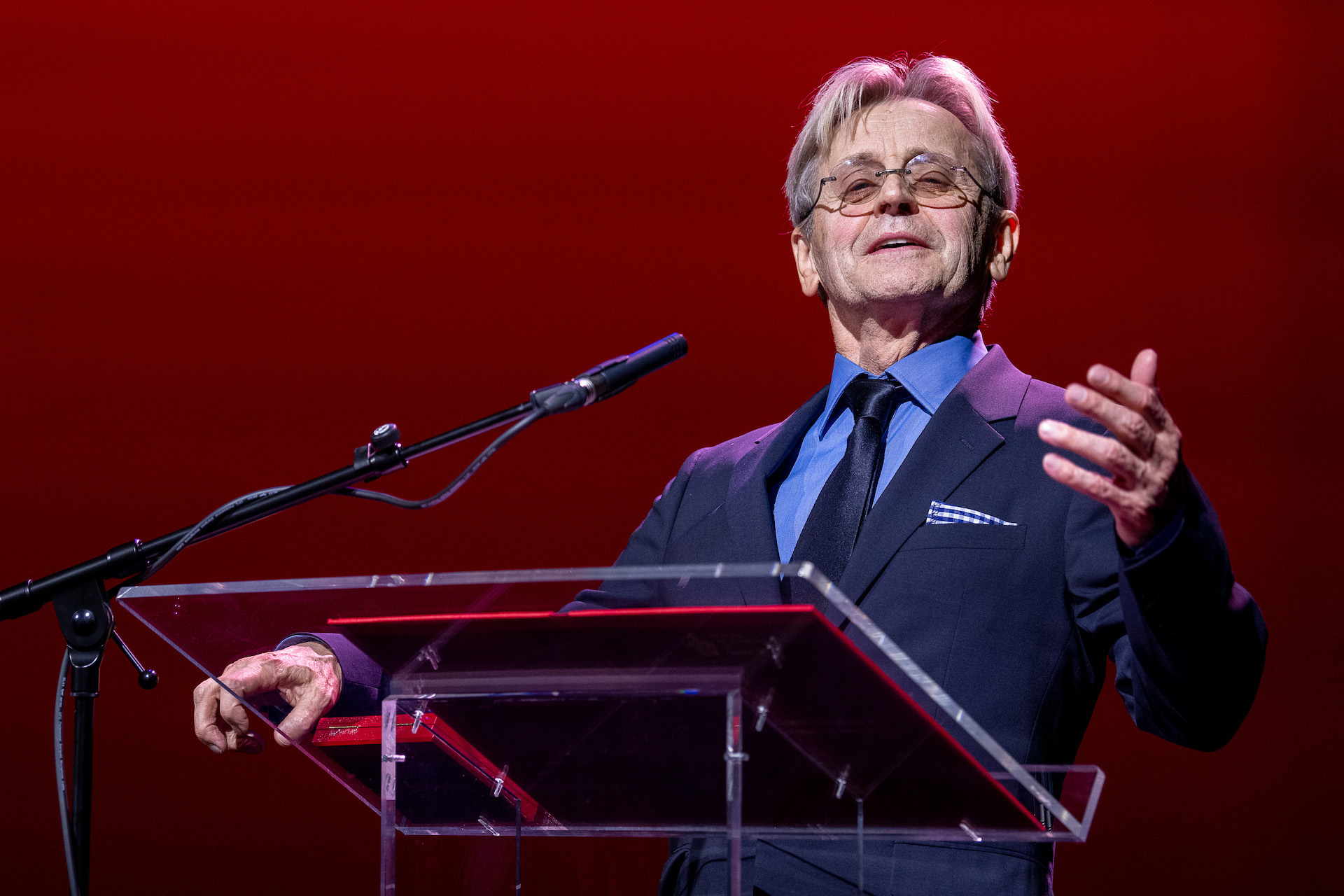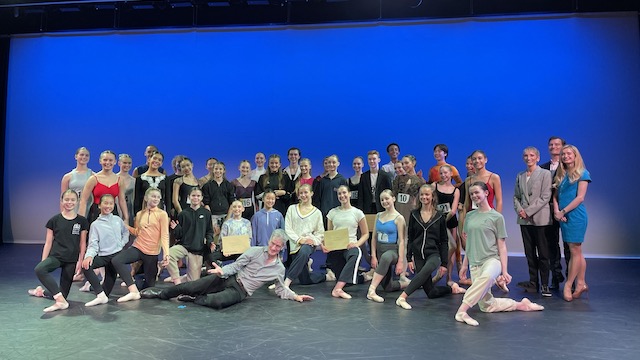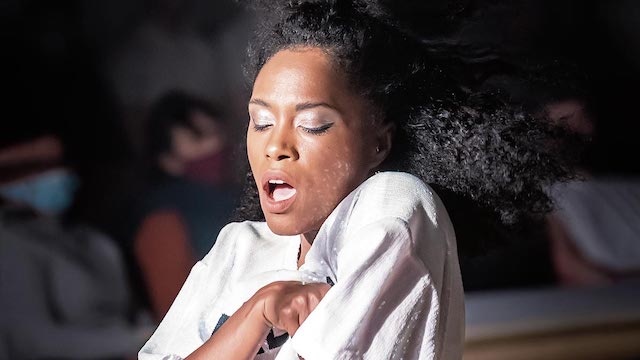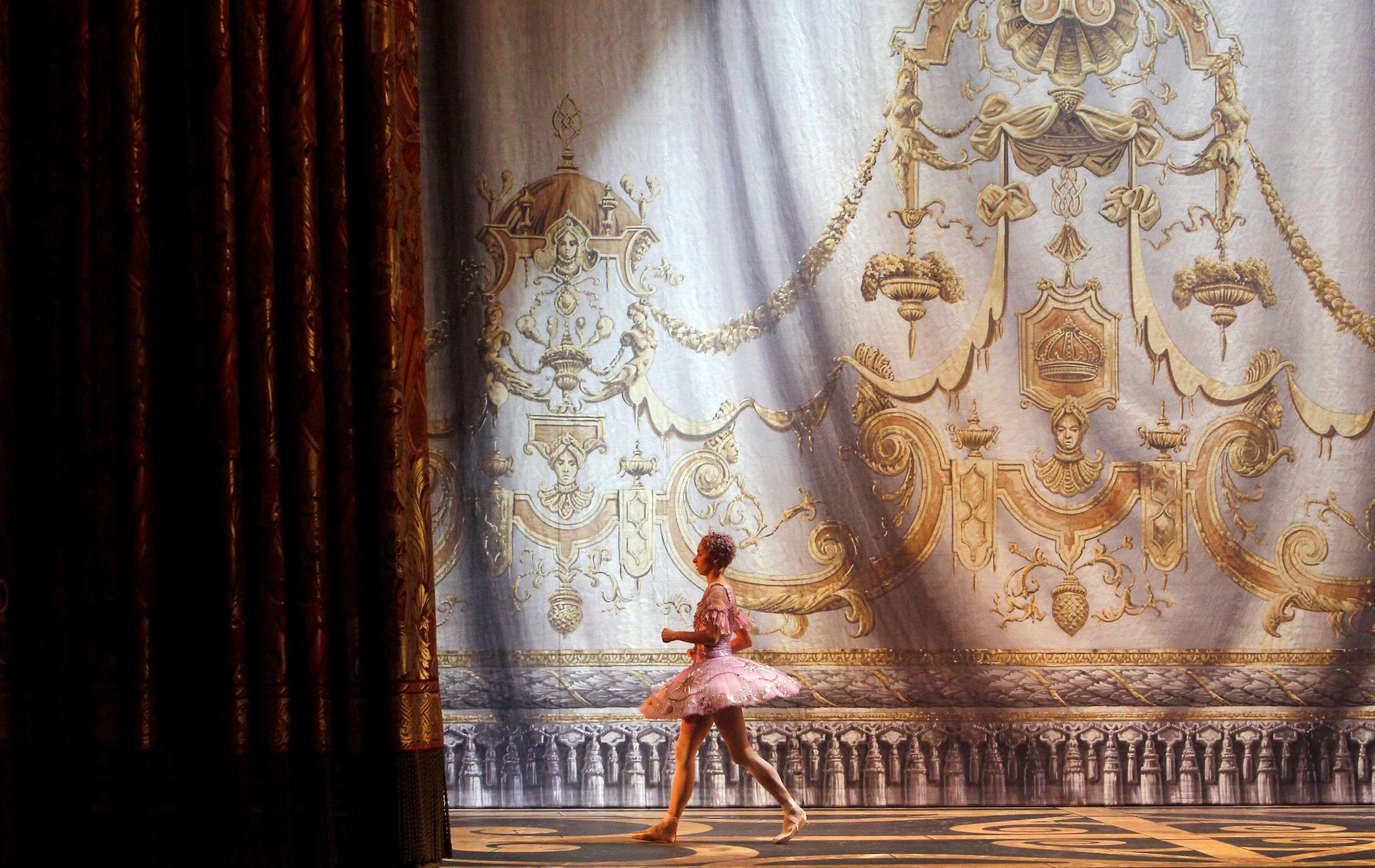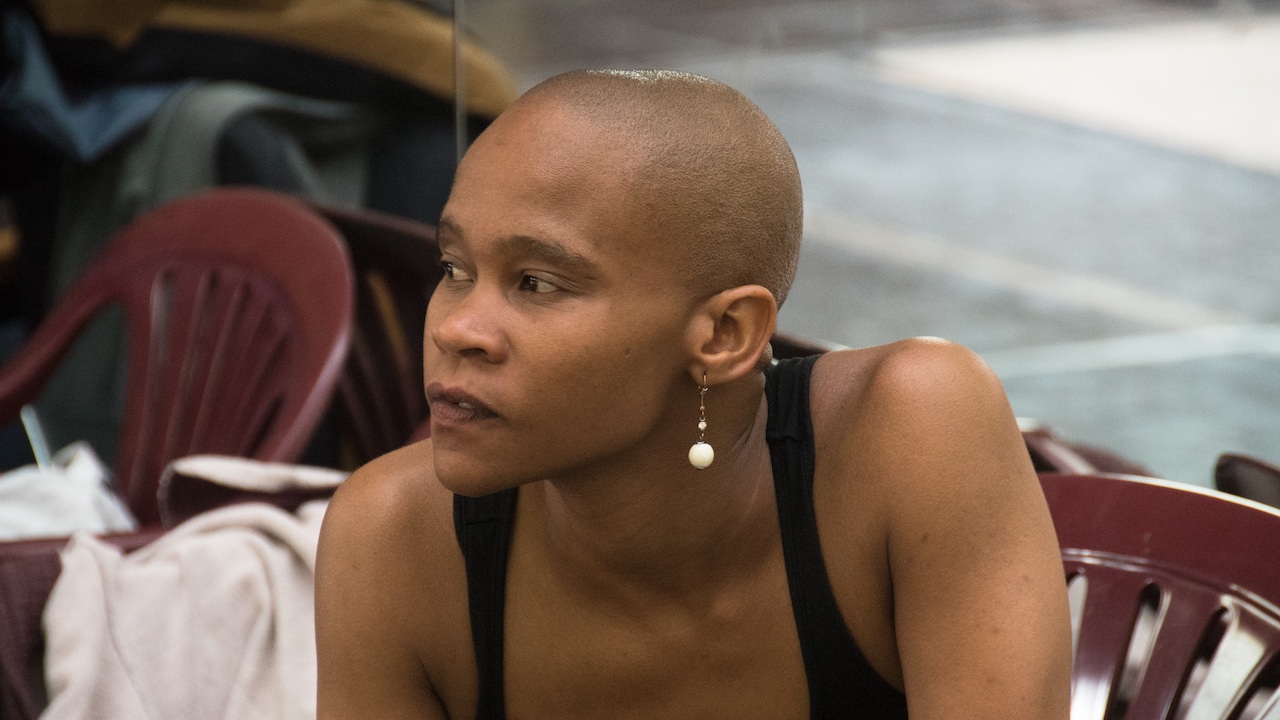‘He is very open. He likes things. He is an appreciator and an encourager and that is wonderful.’ That’s how the choreographer Mark Morris describes Mikhail Baryshnikov. The two have been friends for more than 40 years, ever since Morris went to meet ‘Misha’ in his box at the Metropolitan Opera House just after Baryshnikov had taken over the artistic directorship of American Ballet Theatre (ABT). On the spot, he asked Morris to choreograph a piece.
‘His period running that company was extraordinary and unusual and incredibly productive,’ says Morris. ‘It changed a lot of things. He was smart enough to look around for people who could actually choreograph, and he did great stuff.’
That first work became Drink To Me Only With Thine Eyes, still in ABT’s repertory, but their greatest and happiest collaboration was from 1990–2002 when Baryshnikov came up with the idea of the White Oak Dance Project, a group of older dancers dedicated to performing first the work of Morris and later as a repertory company. ‘It was incredibly fruitful and fun,’ says Morris.
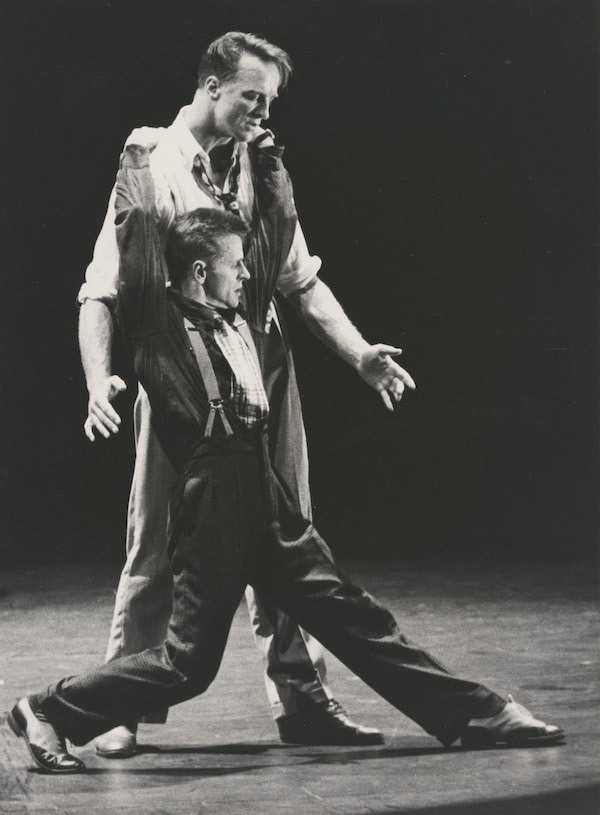
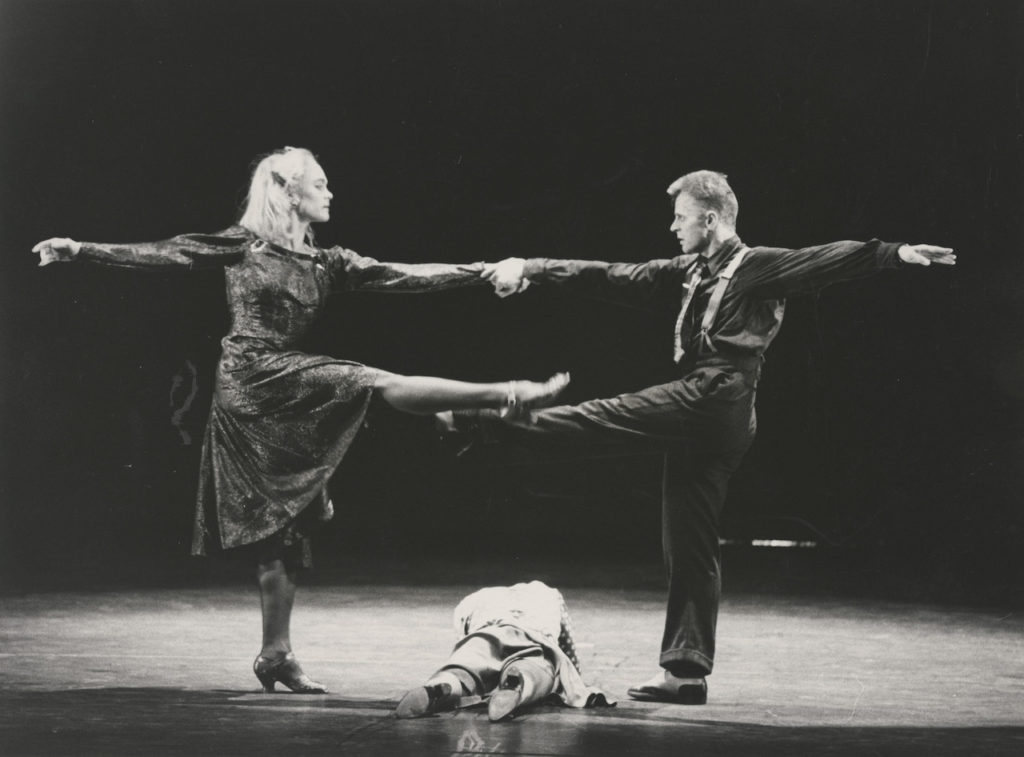
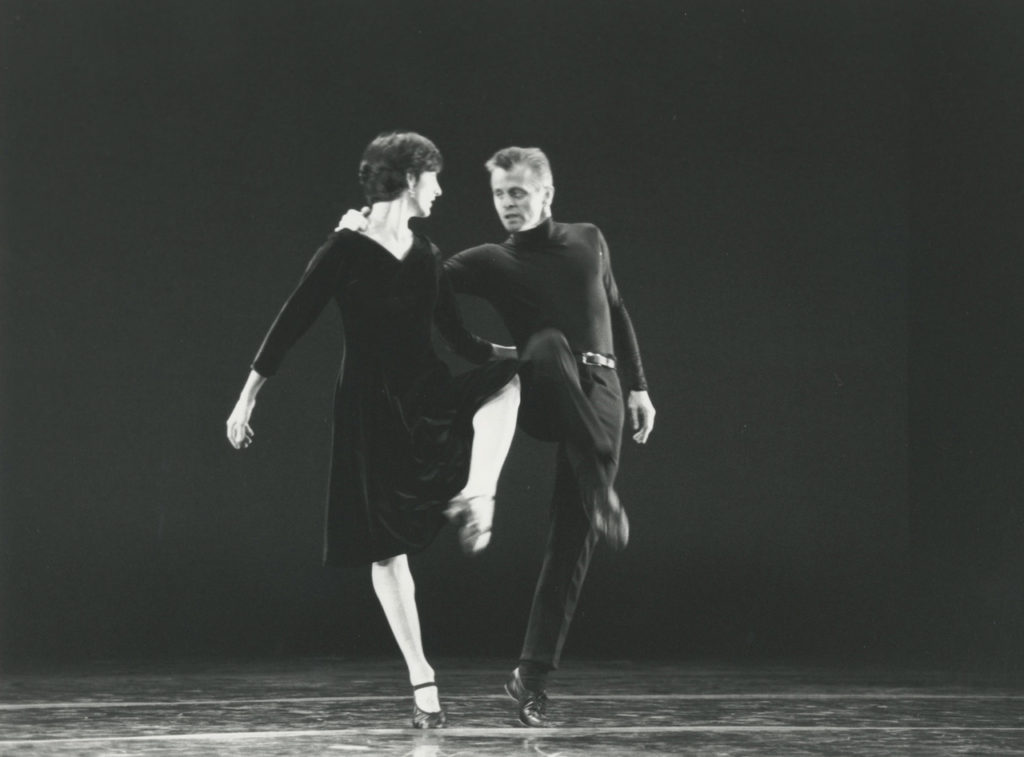
‘He always recognised that the classical ballet industry isn’t the end of the world’
Mark Morris
The endeavour, at the end of Baryshnikov’s career as a classical dancer, opened up new worlds of possibility both for the dancers and for audiences. Baryshnikov credits White Oak and Morris with extending his performing career. ‘Which is kind and also true,’ writes Morris in his autobiography Out Loud. ‘And then, after I extended it, he kept going some more!’
He certainly did. Baryshnikov is still performing today, and Morris was still making dances for him in 2013, when he appeared in Old Man in A Wooden Tree, set to Ivor Cutler’s songs. The importance of their long collaboration is the way in which it reveals Baryshnikov’s artistic courage, his desire to walk new paths and see where they take him.
He danced Twyla Tharp’s Push Comes to Shove with ABT in 1976, 18 months after his arrival in the west, setting his classical technique at the service of her very different and challenging style. She said, ‘I had to be able to evolve for him a vocabulary that enfolded some of this… for lack of a better word, let’s call it slouch. It’s a totally different placement from the classical ballet. He was all in to try to do that.’
That attitude has persisted throughout his career. As he has aged, his range hasn’t narrowed but got wider. He once said to me that people under 30 wouldn’t remember him as a dancer, but as Sarah Jessica Parker’s Russian lover Aleksandr Petrovsky in Sex in the City. That’s unlikely but they might note that he is an actor who was nominated for an Academy Award for The Turning Point (1977), and who has performed on and off Broadway and earned a Tony Award nod for Steven Berkoff’s version of Metamorphosis (1989).
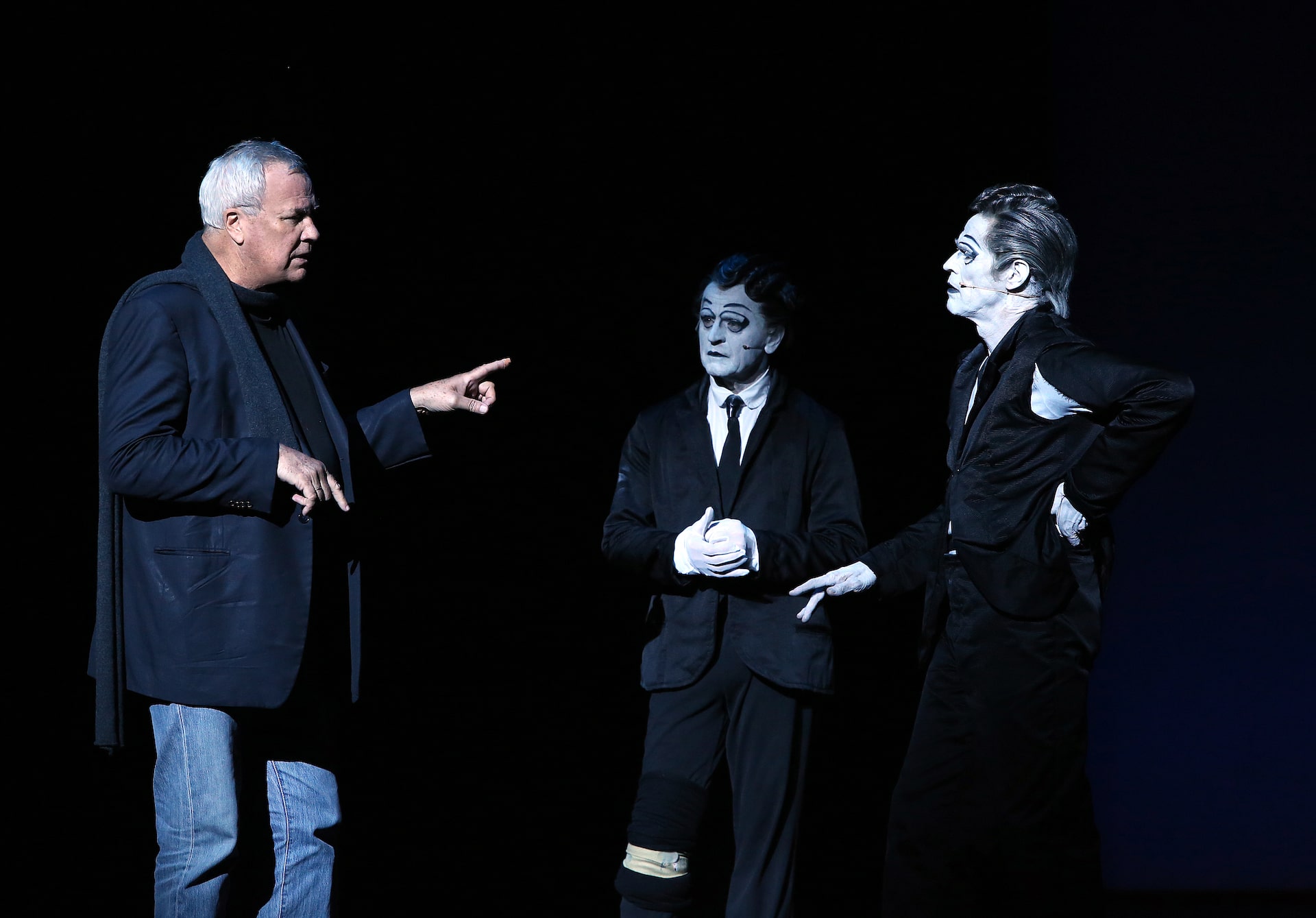
‘He approaches things very gracefully. Like water. It is really moving’
Jessica Hecht
The breadth of his interest prompts him to seek out interesting collaborators, developing his own skills in different fields and exploring new horizons. ‘Misha has always been a good listener, and I think he always recognised that the classical ballet industry isn’t the end of the world,’ says Morris. ‘He’s always been a reader, interested in theatre, and pretty intellectually active. For Misha, it was like: this is dancing also.’
Certainly, he brings to all his work the precision and care that he applied to his dance. As Morris notes: ‘He is so meticulously prepared and then repeats it. He is close to obsessed about the details and getting things right, timing and positioning. He is very, very accurate. That’s a wonderful trait that a lot of people don’t have.’
This was a quality that the actress Jessica Hecht noticed when she worked with Baryshnikov on an adventurous live and online version of Chekhov’s The Cherry Orchard directed by the Ukrainian-born Igor Golyak last year. Baryshnikov played both Firs, the family servant and Anton Chekhov, while she took the roles of Ranevskaya, owner of the orchard, and Olga Knipper, actress and Chekhov’s wife.
‘Grace is the word to use for his methodology. It is filled with a kind of meticulous kindness and precision,’ Hecht says. ‘Unlike most actors, he will work quietly on the side, and just repeat everything over and over again to himself, to figure out his physical path through a role and maybe his psychological path too.
‘He has everything on these little note cards and if you ever interrupt what he is doing for a second, his immediate gesture is to put his hand up and lower his head as if to say, oh I am sorry. He immediately thinks he was in your space.’
She laughs as she continues: ‘This gesture of raising his hand and lowering his head is kind of the way he marches through his work, I think. There is a desire to be as seamless as he was on stage as a dancer, so he approaches things very gracefully. Like water. It is really moving. He can walk through this portal and manifest some total physical understanding which is emotionally rich as well.’
Baryshnikov has collaborated three times with Robert Wilson, the legendary experimental theatre director, forging a close relationship. ‘I saw Misha dance at Lincoln Center and immediately was drawn to him,’ Wilson says. ‘As a dancer, he never pushed too hard, it seemed so natural for him to be on stage to jump! He had a beautiful balance between an interior sense and an exterior one.’
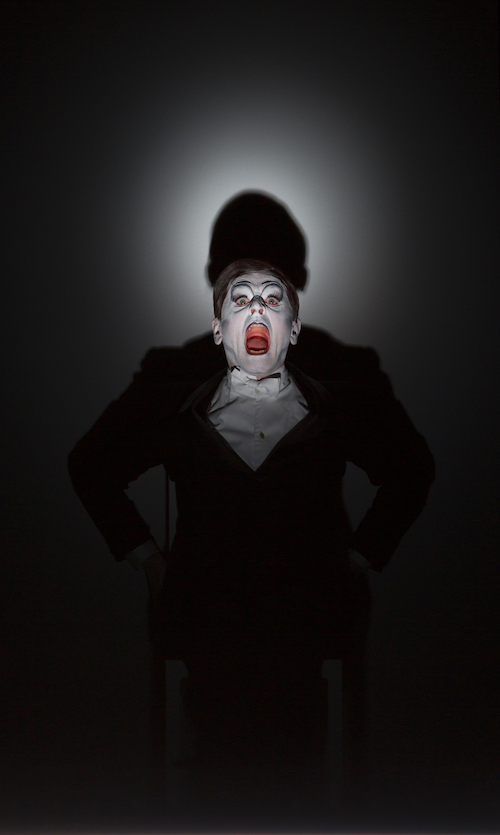
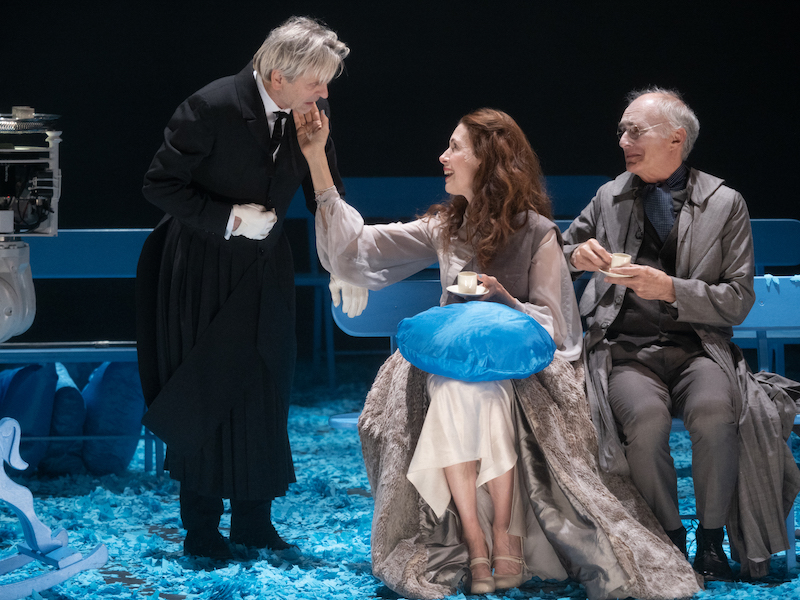
They first worked together on Wilson’s Video Portrait of San Sebastian in 2004. ‘He had a special gift because he understood the movement in stillness,’ says Wilson. ‘Very few dancers do. Working with Misha was a real give and take, one could have a dialogue, I could suggest a direction and he would immediately make it his own.’
Two further collaborations followed. In Letter to a Man (2015), based on the diaries of Vaslav Nijinsky, Baryshnikov brought his own knowledge of the dancer and his descent into madness to the piece. ‘It gave a depth and personal understanding to the piece that went far beyond my superficial direction. For me what makes Misha so special is that he has a secret. I do not know what it is, and this draws me to him. It is not something we have to discuss, and this is what makes him great.’
In The Old Woman (2013), based on the writings of the absurdist Russian author Daniil Kharms, Wilson directed Baryshnikov alongside the actor Willem Dafoe with whom he formed a remarkable vaudevillian double act. ‘I loved working with him,’ says Dafoe. ‘He’s a warrior and has a very practical approach to things. He has a deep love for what he does, and a work ethic built on practice, passion, curiosity and a slightly dark sense of humour.
‘He is an inspiration because he is an artist who continually challenges himself’
Willem Dafoe
‘The moment before the curtain went up, he would always tell me jokingly what percentage of energy we should use in the performance. Sometimes 75 percent or 90, to remind me to relax and enjoy. Actually, he always gave 100 percent.’
Dafoe says he is full of admiration for Baryshnikov. ‘His career is an inspiration because he is an artist who continually challenges himself.’ Like everyone I have spoken to, he is also full of affection. ‘He gave me friendship and camaraderie on the road,’ he says. ‘He was a great partner.’ Morris says simply: ‘I have known him through all kinds of weather, and he is friendly and funny and we have wonderful spontaneity.’
Hecht thinks that this gift for friendship is part and parcel of Baryshnikov’s quiet altruism. ‘I think integrity, both artistic and emotional, is first and foremost of the qualities in the work he chooses to do,’ she says. She tells the story of sharing a cab with a woman who was working as a caretaker, and had been saved from homelessness by the fact that Baryshnikov (who she never met) had bought a building, turned it into social housing, then saw her application and gave her a tenancy.
‘She said that every time he was performing, she came to watch. “Sometimes I don’t understand the play, but I always understand him.” I thought that was a great thing she said. He does some stuff that is out there artistically, but she always understood what he was trying to do. He was like her guardian angel, and that said so much about him as an artist and as a person.’
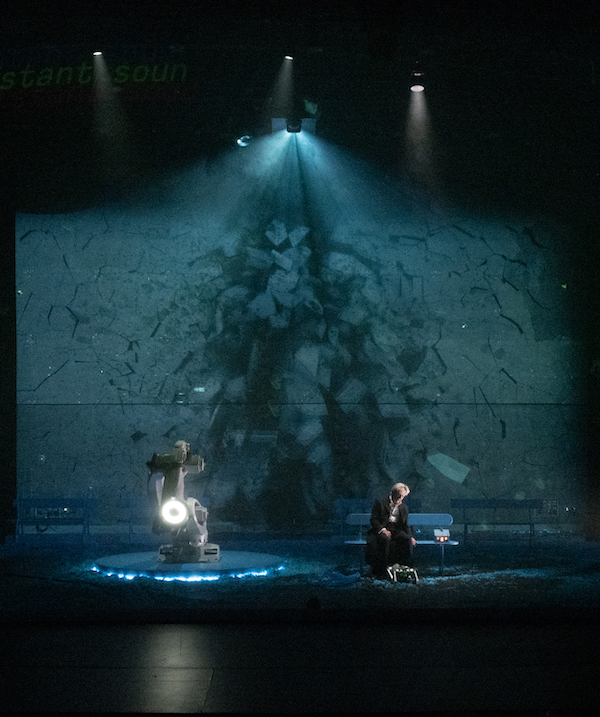
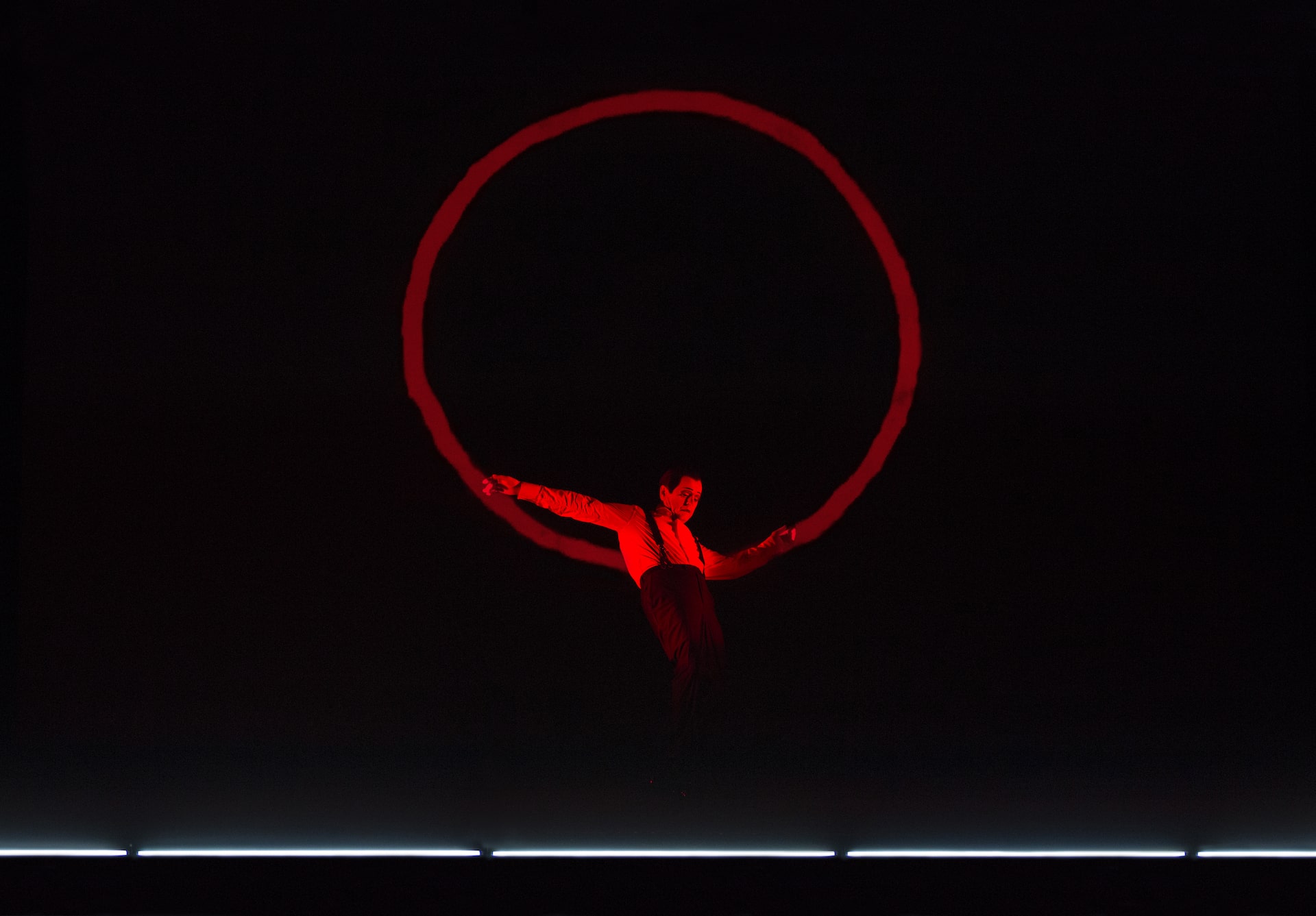
‘He is one of the greatest artists of the 20th and 21st centuries, and one of the most humble and deeply engaged human beings I have ever met’
Jessica Hecht
Working with Baryshnikov, Hecht says, ‘was a tremendous lesson in the art of true modesty. That we are never above the need to study and listen and respect everyone in the room. It blows my mind. He is one of the greatest dancers of the 20th century, and one of the greatest artists of the 20th and 21st centuries, and he is one of the most humble and deeply engaged human beings I have ever met.’
This engagement and curiosity powers Baryshnikov’s support for other artists, both personally and through the Baryshnikov Arts Center in Manhattan, founded in 2005. ‘BAC feels like he is there even when he is not,’ says Hecht. ‘The space is built with a kind of light. Everyone can come in here, you can create and build whatever you want to do. It feels totally inspired.’
This inspiration and support, the use of his celebrity to be a force for good, is one of Baryshnikov’s greatest gifts to the cultural world. As Wilson says: ‘He is extraordinary in so many ways, but maybe the most interesting is how he encourages and supports young artists, not to imitate what he did, but to give them a chance for them to have their own voice.’
WATCH
Baryshnikov describes working with Robert Wilson and Willem Dafoe on The Old Woman
Aleks meets Carrie: Baryshnikov in Sex and the City
Sarah Crompton is a writer and broadcaster, and dance critic for the Observer.


